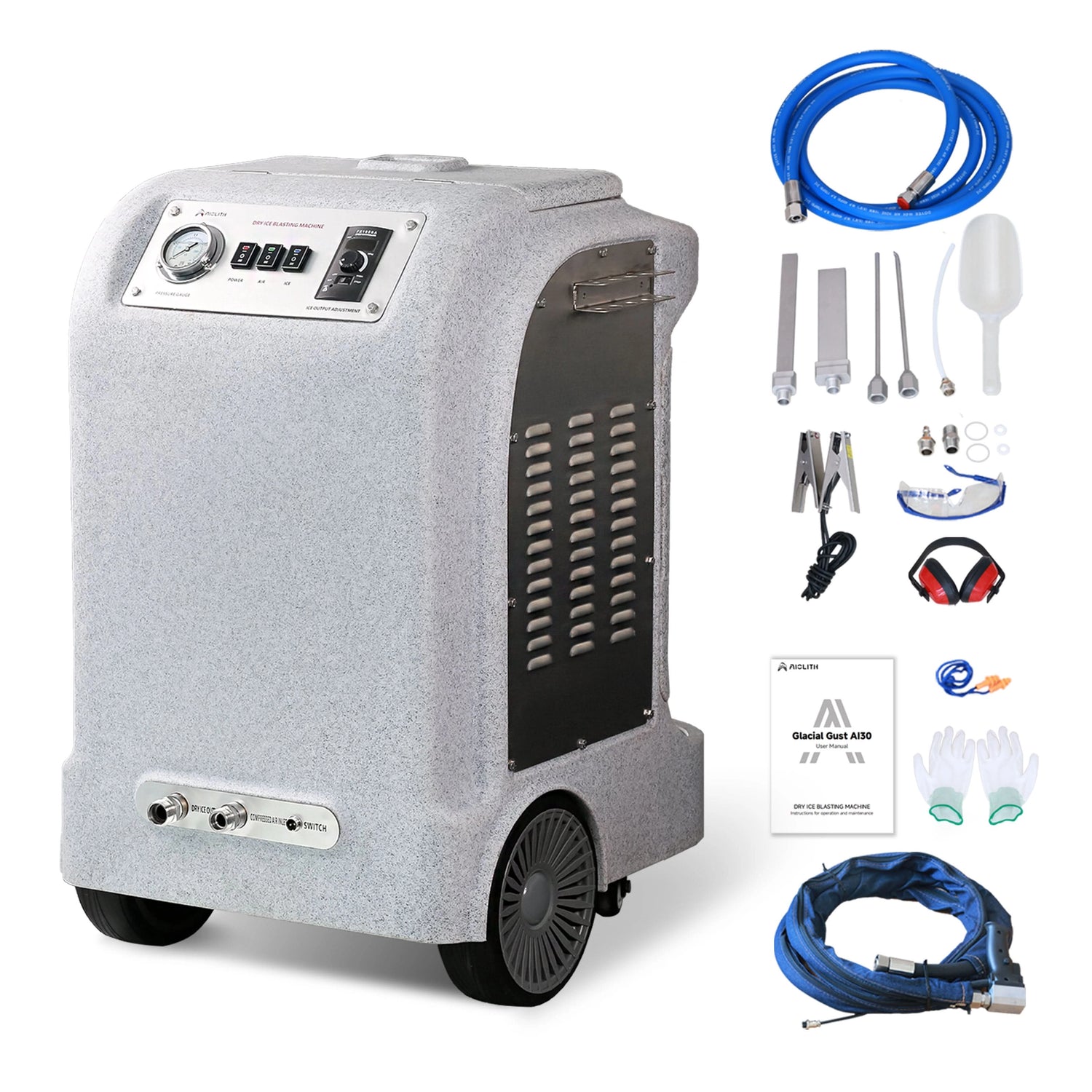Do You Have to Sweep Before Using a Floor Scrubber? 7 Critical Insights Every Business Should Know
Share
Understanding the Importance of Pre-Sweeping Before Floor Scrubbing
When businesses invest in a commercial floor scrubber, a common question arises: Do you have to sweep before using a floor scrubber? The short answer is yes—most of the time sweeping is essential. Sweeping removes large debris, dust, and dirt particles that may clog, scratch, or damage your machine. Without pre-sweeping, you risk reducing efficiency, increasing maintenance costs, and shortening the lifespan of your equipment.
Why Skipping Sweeping Can Cost More Than You Think
Failing to sweep before operating a scrubber can lead to:
- Clogged vacuum systems that reduce suction power.
- Damaged squeegees due to abrasive particles.
- Scratched flooring surfaces, particularly on polished or coated floors.
- Higher energy consumption since the scrubber works harder.
According to a study published in the Journal of Occupational and Environmental Hygiene (Anderson & Meinke, 2021), improper floor maintenance not only decreases cleanliness but also increases the risk of workplace accidents due to residues left behind.
Aiolith Commercial Floor Scrubbers: Designed for Smarter Cleaning
While sweeping is important, modern solutions like the Aiolith commercial floor scrubber integrate advanced technology to minimize manual pre-cleaning. These machines feature:
- Built-in debris collection trays for small particles.
- High-powered suction systems that capture dust effectively.
- Durable squeegees engineered to resist wear from light debris.
This innovation allows businesses to reduce the frequency of manual sweeping, saving both labor costs and time.
Comparing Cleaning Methods: Sweeping vs. Scrubbing Alone
| Method | Advantages | Disadvantages | Best Use Case |
|---|---|---|---|
| Sweeping Only | Quick, removes large debris | Leaves stains, dust, and sticky residues | Warehouses, dry environments |
| Scrubbing Without Sweeping | Saves time, handles dust and liquids | Risk of clogging, scratches, reduced results | Small offices, light foot traffic areas |
| Sweeping + Scrubbing | Deepest clean, protects machine lifespan | Requires more time upfront | Shopping malls, hospitals, high-traffic areas |
| Aiolith Hybrid Solution | Combines debris pickup with scrubbing action | Higher initial investment | Large facilities needing efficiency |
Best Practices: How to Prepare Floors for Scrubbing
- Assess the floor condition – Identify high-traffic zones and areas with large debris.
- Perform light sweeping – Even with advanced scrubbers, removing bulky trash ensures smoother operation.
- Use the right machine – An Aiolith scrubber with debris collection trays minimizes downtime.
- Regular maintenance – Clean squeegees, check filters, and empty debris trays after each use.
- Establish a routine – A documented cleaning schedule ensures consistent results across shifts.
Case Study: Aiolith Scrubbers in a Retail Environment
A national retail chain implemented Aiolith commercial floor scrubbers across 50 stores. Prior to the upgrade, staff spent an average of 45 minutes sweeping daily. With Aiolith’s integrated debris collection, sweeping time was cut by 60%, saving over 13,000 labor hours annually. Floors were not only cleaner but also safer, reducing slip-and-fall incidents by 23% within six months.
FAQ: Do You Have to Sweep Before Using a Floor Scrubber?
Q1: Can I completely skip sweeping if I use a modern scrubber?
A: Not always. While Aiolith machines handle small debris, large objects should still be removed to protect the equipment.
Q2: What type of debris is most harmful to scrubbers?
A: Sand, gravel, and metal shavings are particularly damaging since they scratch surfaces and wear out squeegees.
Q3: How often should commercial floors be scrubbed?
A: High-traffic areas like hospitals or supermarkets may require daily scrubbing, while light-use offices can be maintained weekly.
Q4: Is sweeping necessary for all floor types?
A: Yes. Whether concrete, tile, or vinyl, pre-sweeping ensures the scrubber performs optimally.
Q5: Are Aiolith scrubbers suitable for outdoor cleaning?
A: Yes, Aiolith models are built with durable materials to handle both indoor and outdoor surfaces efficiently.
Conclusion: Sweeping Before Scrubbing—A Necessary Step with Smarter Alternatives
While sweeping before scrubbing is traditionally recommended, Aiolith commercial floor scrubbers reduce the need for extensive manual sweeping thanks to their integrated debris collection systems. Businesses can save labor hours, extend equipment life, and ensure consistently clean and safe floors by adopting a sweep-smart hybrid approach.
References
Anderson, J., & Meinke, H. (2021). Occupational hygiene and floor maintenance practices in commercial settings. Journal of Occupational and Environmental Hygiene, 18(6), 329–339. Read here.
Smith, L. (2019). Best practices in industrial cleaning for workplace safety. Facility Maintenance Review, 45(3), 14–21. Available here.

